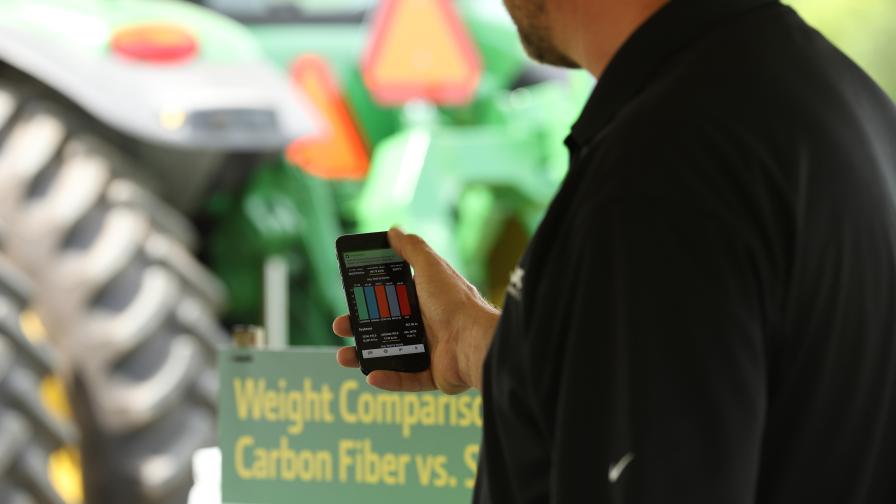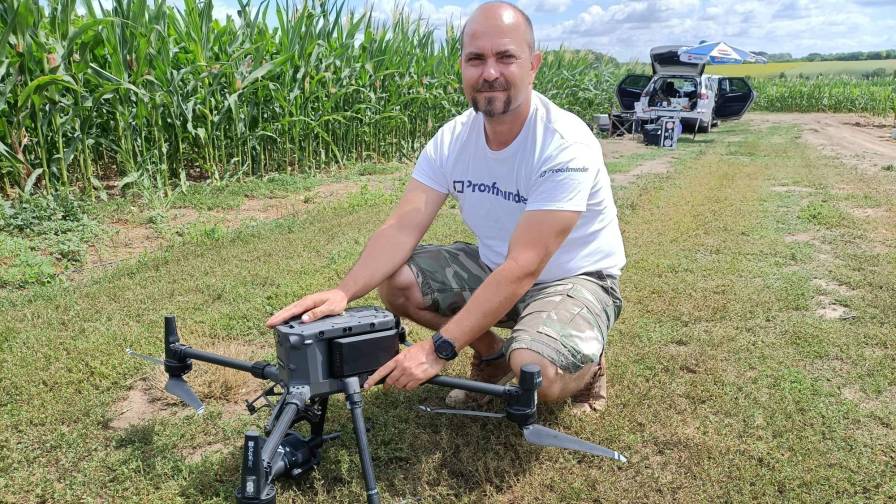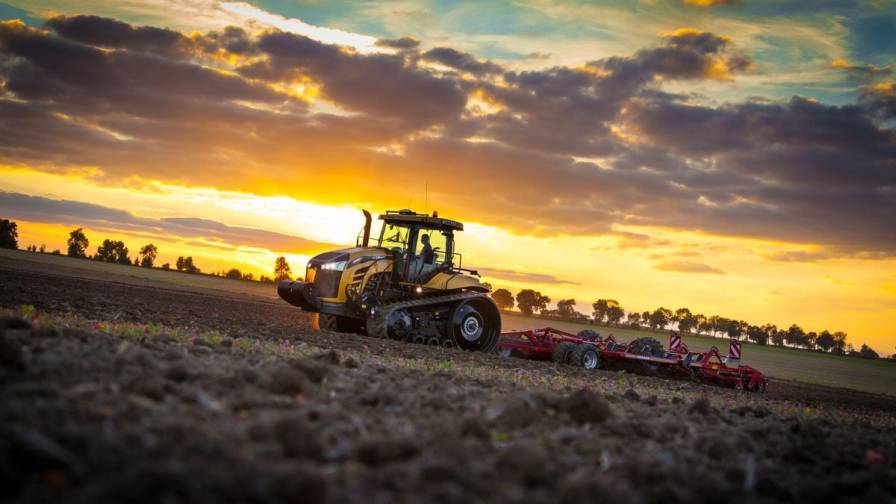Using the John Deere Operations Center for Government Reporting Requirements

John Deere precision agriculture technology and tools, such as JDLink in the John Deere Operations Center, can be helpful in the tracking, organization, and compiling of information needed for standard annual reporting.
The USDA reporting is a standard practice for most professional growers. Natural Resource Conservation Services (NRCS) contract management and Farm Service Agency (FSA) acreage reporting, as well as crop disaster reporting, require a large amount of information and take a significant amount of time to compile.
Precision agriculture equipment and software presents an opportunity to save time in the reporting process for these and other programs outside of the USDA. John Deere precision agriculture technology and tools, such as JDLink in the John Deere Operations Center, can be helpful in the tracking, organization, and compiling of information needed for standard annual reporting.
Why it Matters
It’s important that agronomists and trusted advisors ensure growers are taking advantage of all their resources for optimal information management and to reduce risk of missing information. Encouraging them to track their data for the purpose of agronomy management is easy, even if the return on investment (ROI) can vary by crop. However, many may not realize how much time and energy can be saved by ensuring data management is set up to work with FSA and NRCS reporting requirements.
According to Victoria Barth, a County Executive Director for FSA in Washington State, “For a simple annual or semiannual acreage report, producers need to keep detailed notes that include when and where [farm/field/tract] the crop was planted, what species, variety, longevity, and what the end use is.”
She also states that knowing farm/field/tract numbers is integral to the process and makes it even faster.
Keeping in mind these needs, here are the two key ways the John Deere Operations Center can be set up at the beginning of the season to best collect and organize data for reporting ease.
Proper Naming
To successfully use the John Deere Operations Center for reporting, it all starts with proper boundary set up. If a grower has already established boundaries in the John Deere Operations Center, it’s important to note they aren’t the same as the boundaries the FSA and NRCS use in reporting – unless those boundaries were set to be consistent with FSA and NRCS Common Land Units (CLUs).
CLUs are based off aerial photos and delineated based on fences, roads, and waterways, with a 90% confidence level. Therefore, the line the CLU uses may not be as accurate as the field boundaries a grower has made with his or her equipment.
Although they may not be quite as accurate, setting boundaries based on CLUs can be a time-saving practice when it comes to reporting. If a grower hasn’t yet set up boundaries and field names, or if they are new to using the John Deere Operations Center, it’s the ideal time to name the fields in the system based on the farm, field, and tract numbering systems of the CLU layers.
If a grower has an independent number system, being able to identify the fields CLU layer number goes a long way, so consider building a notation system to help identify the CLU layer quickly.
Organized Reporting
Once an operation is properly set up, growers can use the Agronomic Reporting System in the John Deere Operators Center to easily get reports for each activity in the crop cycle. For example, by choosing “Seeding” in the drop-down menu, a grower can get a printed report of the date, acres, seeding rate average, and time of seeding. Similarly, choose “Harvest” to get the dates of harvest, times, and both the average and total yield.
As mentioned earlier, it’s important to create a consistent naming strategy for fields, either reference or named directly from the CLU. This makes for less work to explain or match the field information coming out of the John Deere Operations with which CLU it relates to.
For NRCS reporting, the Agronomic Report must list application rates, dates, times, and product used. Printing these reports from the John Deere Operations Center on a regular basis is a big time-savings when it comes time for the annual or semi-annual report, especially for growers who are also involved in the Environmental Quality Incentive Program, and the Conservation Stewardship Program.
One simple idea that has been used by growers is to keep a binder, tabbed by field or CLU number, or comparable system through electronic methods. At the end of each day, print out the agronomic reports to record what was done that day. This keeps clean, timely records, and eliminates the need to print out days, weeks, or months of reports at once later on. At reporting time, the binder can be provided to the FSA/NRCS.
These are two simple ways to best use the John Deere Operations Center to save hours in reporting time. When the reporting process faster, easier, and more accurate, there’s more potential to save a grower from paying fees and fines to the federal government.










